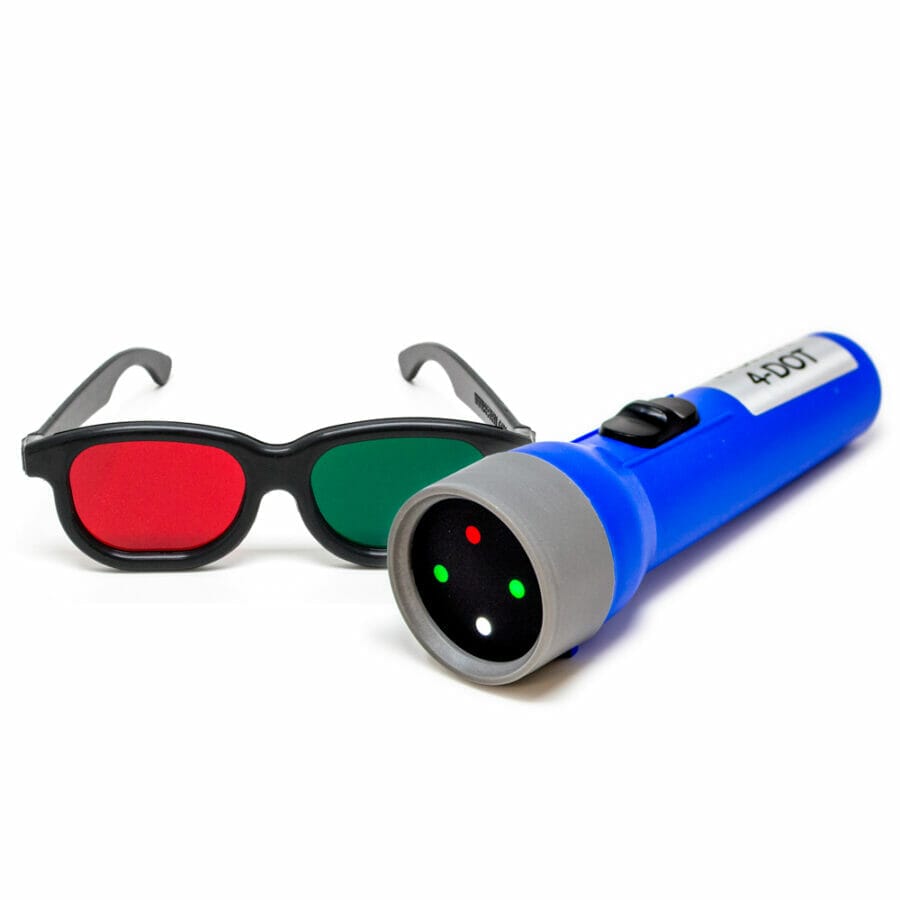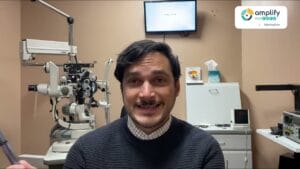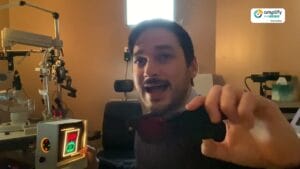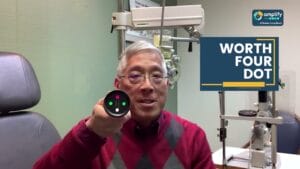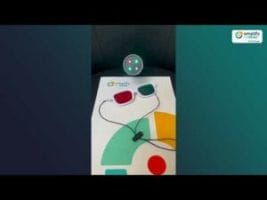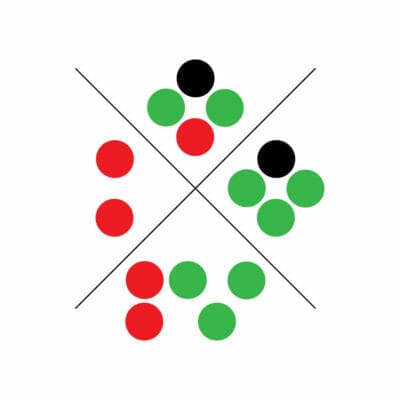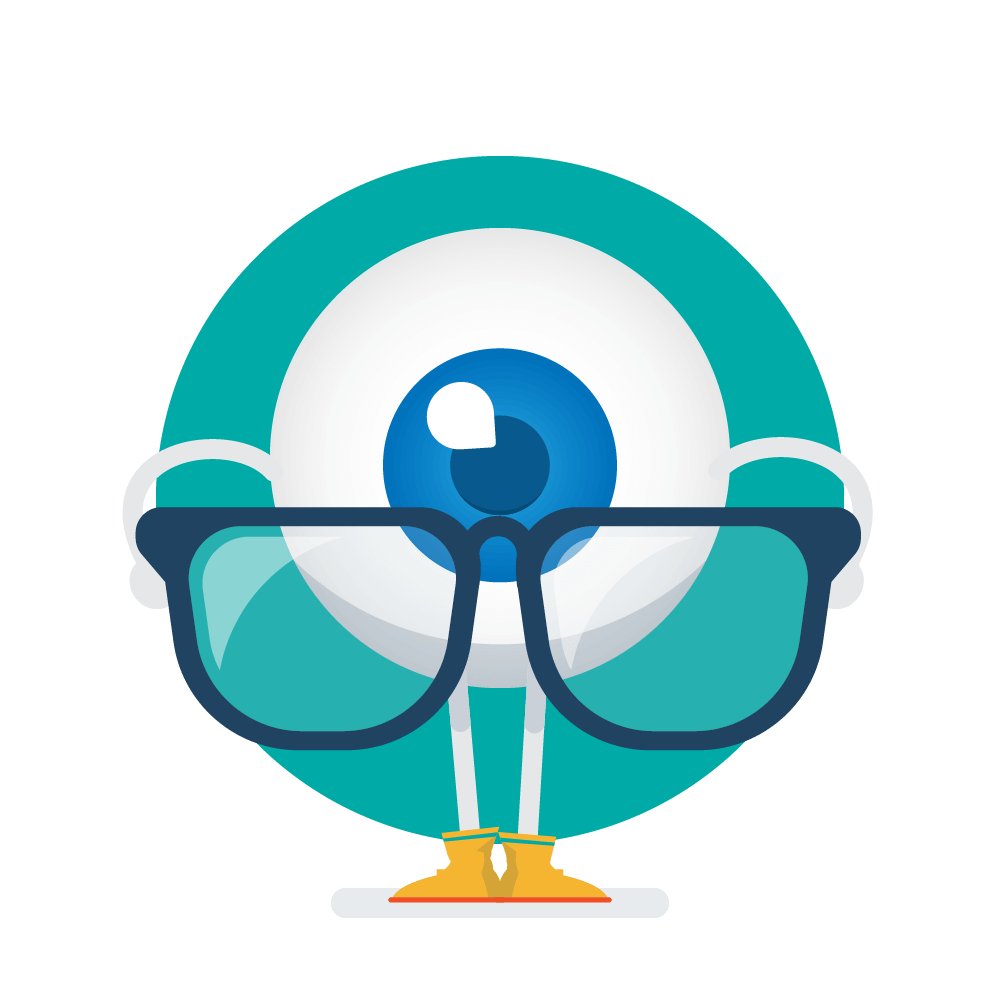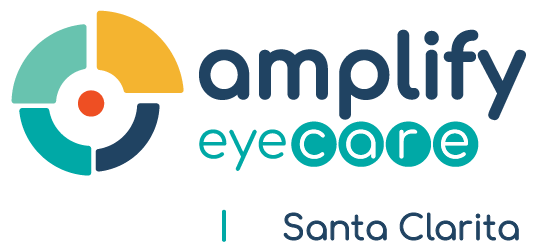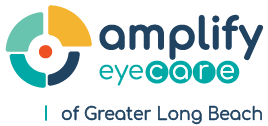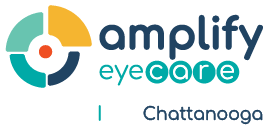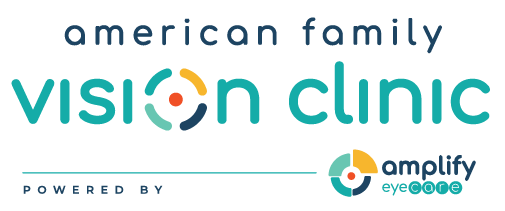- Four dots - this is the ideal result because it means that there is proper fusion between both eyes
- Three green dots - this means that the patient is only seeing out of their left eye that has the green filter on it and they are suppressing the right eye
- Two red dots - this means that the patient is only seeing out of their right eye which has the red filter on it and the left eye is being suppressed
- Five dots - this means that there is double vision because in reality there are only four dots, however this person is seeing more than what is being displayed
This gives the eye doctor a lot of useful information of which eye is being favored and which eye is being ignored through suppression. It also is a helpful indication in how to move forward with the best treatment plan which will train the brain to use both eyes most effectively.

